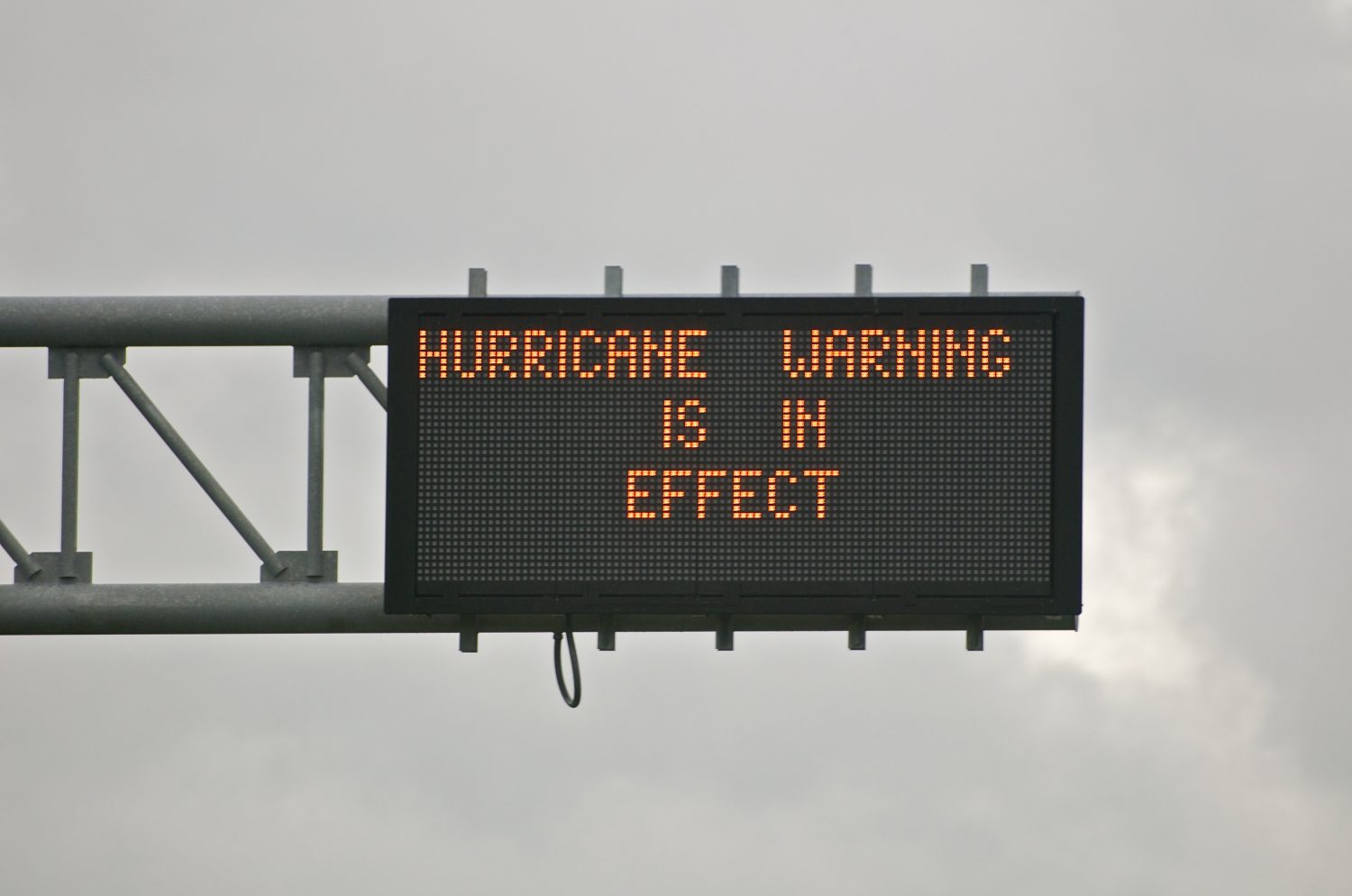As Hurricane Beryl became the earliest Category 5 Atlantic hurricane in history, residents of the Northeast have extreme weather on their minds. As these events grow more common, experts are calling for the active hurricane season to continue in the coming months.
Although it is impossible to plan and prepare for every potential situation, there are steps that help residents, businesses, and communities increase their resilience before, during, and after they shelter from a storm.
While state and federal agencies manage community-wide disaster response in Connecticut, UConn Extension offers resources, including those that are specific to coastal community.
- Make it a family affair. “Involve your entire household, including children, in getting ready beforehand, and sign up for emergency alerts,” Mary Ellen Welch, an extension educator based in the New London County Extension Center says. Parents can empower children to be knowledgeable, safe and confident.” View the UConn Extension fact sheet on preparing children for severe weather.
- Make a family communication plan, discuss why it is important to be ready when severe weather is coming, and what to do (and not to do) if it strikes quickly, or you become separated.
- Choose one person as a central contact and practice how to connect with each other.
- Make seasonal go-bags specifically for each person and pet with nonperishable food/water, clothing, essential toiletries, medicines and keep medical financial, and other important records accessible in two locations such as the cloud, your mobile phone, or on paper.
UConn Extension has other resources that can help communities and businesses be prepared. The Extension Disaster Education Network (EDEN) is a nationwide community of Extension professionals that UConn Extension participates in. UConn’s EDEN website has resources for five areas, agriculture, community, family and home, businesses, and shelter from the storm resources for people who are housing insecure.
EDEN resources include fact sheets, videos, and guides that can help each sector prepare for and mitigate their risk level. Basic guidelines that all target audiences should consider include:
- Power outages are likely in various types of storms and are one of the first things you should prepare for. Preparation can make an outage more manageable.
- Create a property inventory in case of evacuation and loss. Inventories are used for insurance claim purposes.
- Purchase or make an emergency supply bag.
- Make sure you are financially prepared too. A fact sheet has tips that will help people in every economic demographic.
- Communities face flooding during storms, and a fact sheet has tips for all audiences to reduce the risk and level of flooding they face.
“Through the EDEN network, when disaster does strike in one part of the nation, our Extension colleagues in the impacted area can go to our resource dashboard for information and reach out with questions,” says Faye Griffiths-Smith, an associate extension educator in the New Haven County Extension Center, and a member of EDEN’s national Executive Committee. “Members of the EDEN respond quickly with information and support. Often, a colleague in another state has experienced a similar situation. They can share their expertise and helpful resources on the topic.”
Keeping Shorelines Safe
Coastal communities face different challenges than inland communities, and Connecticut Sea Grant and UConn Extension professionals designed programs and resources specifically tailored to these areas. Programs focus on steps to resilience and climate change planning.
“My colleagues and I are working on resilience to empower decision-makers with science-based knowledge to help them anticipate and overcome disturbances caused by a changing climate,” says Deb Visco Abibou, an assistant extension educator with Connecticut Sea Grant and UConn Extension. “We prioritize building relationships with our communities so that we can be responsive to their specific needs.”
For example, through the Sustainable and Resilient Communities program (part of the Long Island Sound Study partnership), the groups recently launched a Long Island Sound Resilience Resource Hub website where stakeholders can browse resources, find funding opportunities, explore case studies, and access trainings that are all curated to their needs.
“This and other programming allow us to meet communities where they are and provide support along the way as they move from assessments to planning to project implementation,” says Abibou.
People facing housing insecurity can also prepare to shelter from the storm, whether it’s extreme heat, cold, wind, or flooding. An infographic series offers tips, which can be used in other scenarios too. First, it is important to know the signs of an extreme situation, and second, take action to prepare for or mitigate its impact. This is where sheltering from the storm comes in and identifying those locations ahead of time is crucial in the planning process.
We may not have a crystal ball to determine what storms are brewing, but we can improve our planning, preparation, and recovery with resources from UConn Extension.
UConn Extension is part of the College of Agriculture, Health and Natural Resources and fulfills the land-grant mission of translating the university’s research for the public. UConn Extension’s statewide locations and programs help serve all 169 Connecticut municipalities. Programs include health and wellbeing, agriculture, horticulture, natural resources, and positive youth development. UConn Extension provides answers you can trust on issues ranging from health and wellness to agriculture, horticulture, natural resources, and positive youth development.
Follow UConn CAHNR on social media



